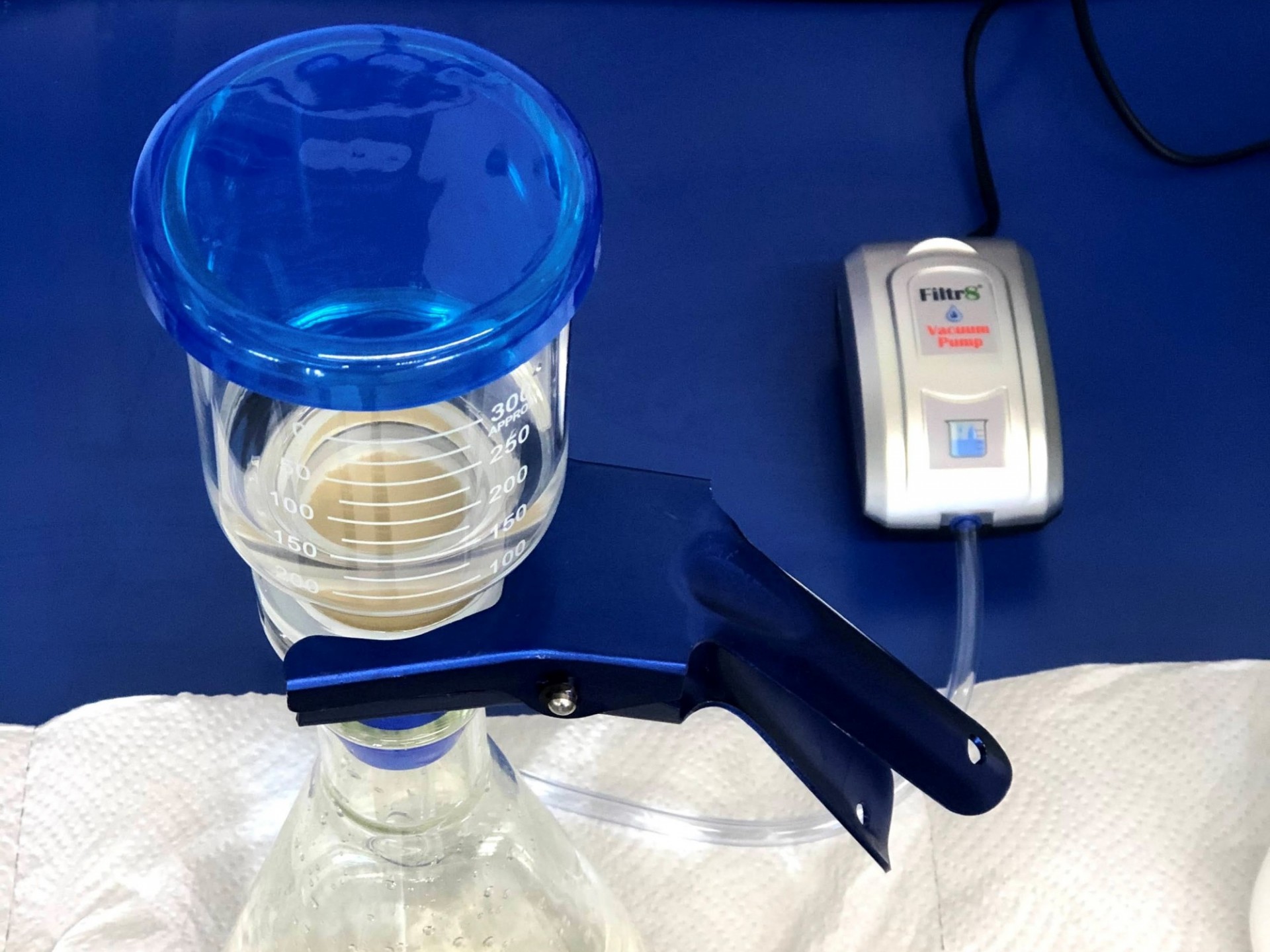eDNA

DNA (deoxyribonucleic acid) is the hereditary material in an organism. The chemical structure of DNA is the same for all organisms, but the DNA building blocks, or base pair, that provide genetic diversity between species, populations, and individuals differ. Environmental DNA (eDNA) is an organism’s DNA that can be found in the environment through cellular material shedding into the aquatic or terrestrial environment. eDNA sources include skin, hair, or scales; the secretment of feces, mucus, and gametes; and carcasses of an organism. Aquatic eDNA is diluted and disseminated by hydrological processes and only lasts about 7-12 days depending on the environmental conditions. This emerging technique has great potential to allow scientists to gain a greater understanding of the local fish biodiversity and population dynamics in the Hudson.
We have been partnering to further explore some of the amazing migratory species in the Hudson River using eDNA sampling and monitoring! Working in collaboration with Hudson River Park, Hudson River Estuary’s Norrie Point Environmental Center and Sarah Lawrence College Center for the Urban River at Beczak, we are focusing on three iconic migratory Hudson River estuary species, the American eel, striped bass and Atlantic sturgeon for the eDNA research project. The goal is to identify the seasonal timing of when these species are moving through, or spending time, in different parts of the lower estuary.
2024 is our third year in this project. Please see the report from 2023 linked below. New for 2024 we hope to expand to look more broadly at what is actually present in the sample we collect beyond our three target species through the use of metabarcoding.
2023 Results: Link to Hudson River Park Report with our collective results.
Learn more: eDNA Tells New Stories About HRPK’s Estuarine Sanctuary
